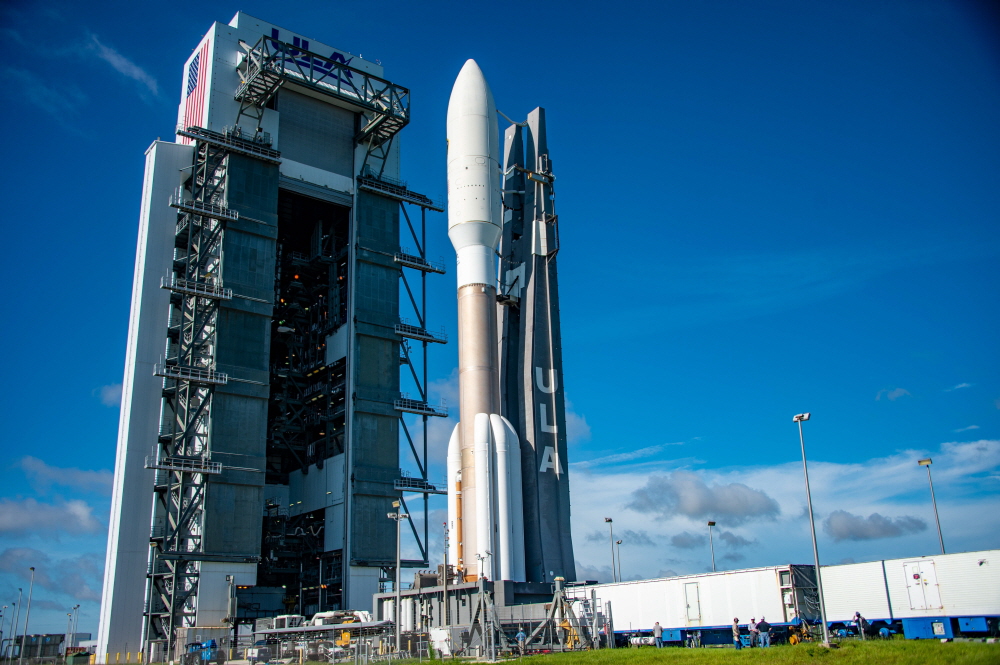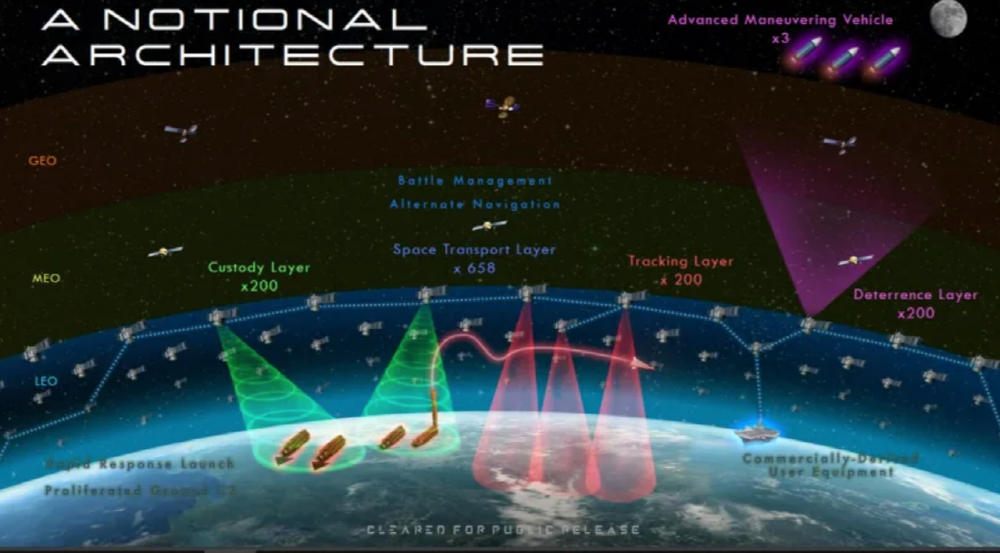
The U.S. National Defense Space Architecture is the first large-scale project by the space development agency SDA, established by the U.S. Department of Defense. The new defense system is planning to deploy a satellite defense system.
Specifically, seven layers are created, providing global military data, advanced missile detection, warning, and tracking such as hypersonic missile systems, monitoring of potentially hostile weapon systems, and reinforcement of navigation functions. Each layer is assigned a different role. The first layer consists of hundreds of reconnaissance satellites, covering the world within six years.
According to the Ministry of Defense (MA), the Space Development Organization, which was established in March 2019, is responsible for accelerating the new military and space capabilities necessary to secure the U.S. technological and military superiority in space, as well as for the Department of Defense’s space development projects, integrated threat-led future space structure monitoring. There is also a prospect that it will be part of the U.S. space force initiative in 2020.
According to reports, Derek Tournear, who was appointed Director of the Space Development Organization in October 2019, said the first layer, the Transport Layer, will consist of dozens of satellites by 2022. Once deployed, it will be able to communicate with weapons systems using distributed satellites. Accordingly, it is expected that within two years, the transport layer will accurately identify ground and sea targets and enable advanced missile tracking. Reportedly, the first layer could contain thousands of satellites throughout the national defense space system system, which eventually consists of hundreds of satellites.

The US Department of Defense plans to launch dozens of satellites every two years. In 2026, it will be able to cover the world through the transport layer. New satellites are expected to be assembled weekly for this plan. The satellite cost is relatively small and weighs several hundred kilograms, and the individual cost is about $10 million, considering a five-year lifetime.
These specifications are aimed at rapid and stable satellite expansion goals. It is desirable to put a new satellite in orbit between 18 and 24 months, and in order to see and do this, SDA is looking for a new idea that can help in implementing a fast and low-cost satellite through a public offering through the BAA (Broad Agency Announcement).
Finally, it is also required to operate a system that enhances the function of detecting and preventing air threats such as surface-to-air missiles and hypersonic missiles. The Pentagon is currently in need of a business partner to support technology development and is announcing plans to issue bids and sign summer contracts by late spring this year.
A year and a half has passed since President Trump’s space force initiative, which began in mid-2018. At the end of last year, the bill was signed and news of the official launch was heard. Now, as the first project of the Space Development Organization is revealed, it can be seen that the plan is in progress. Related information can be found here .


















Add comment